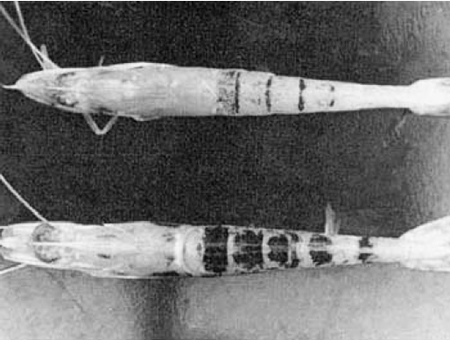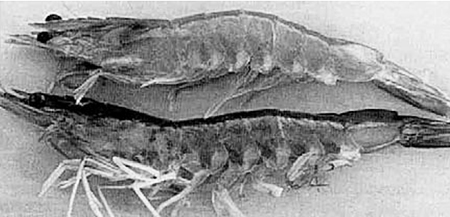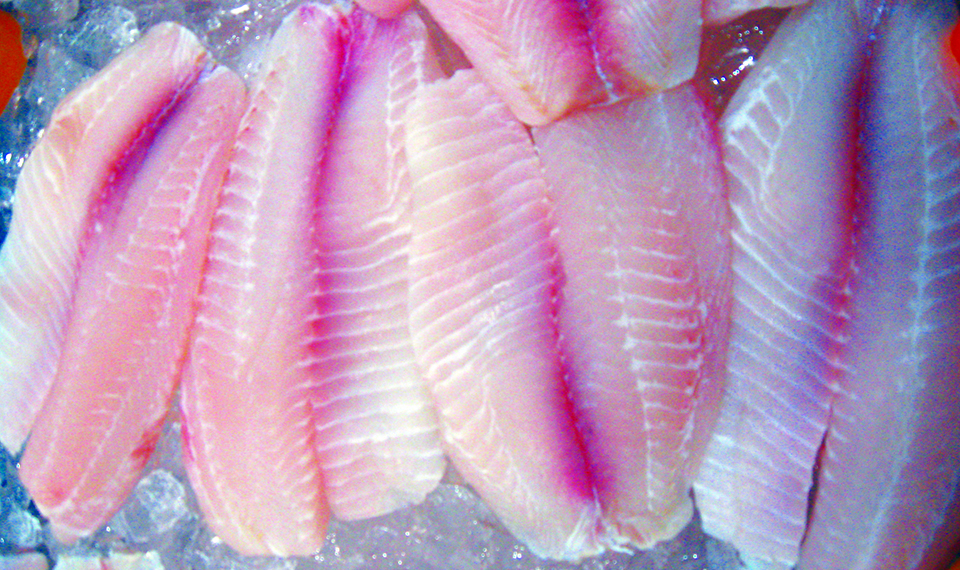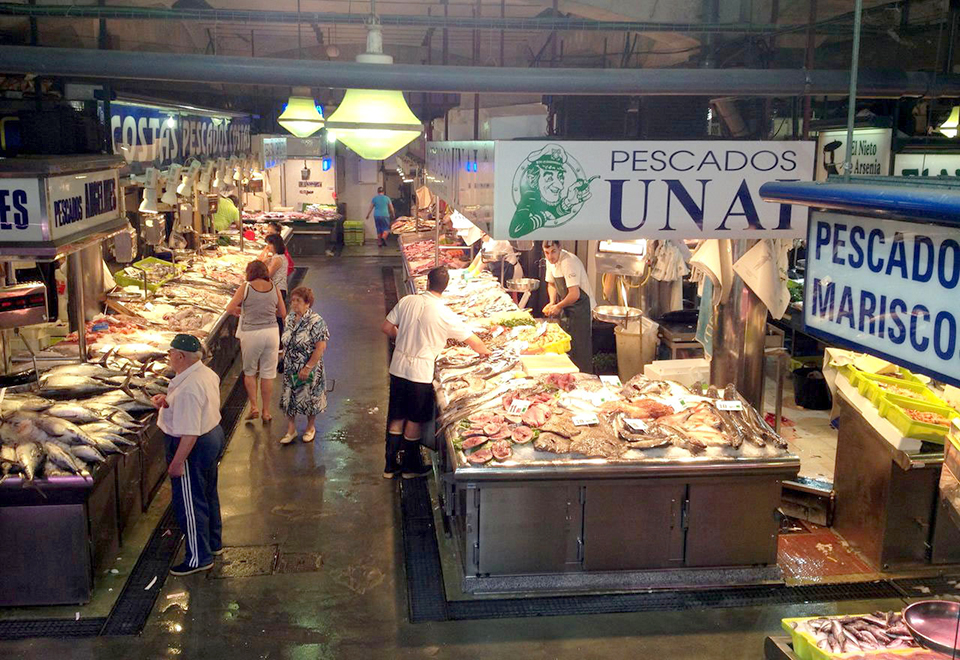Nutritional characteristics and quality of most commercial aquafeeds is not always satisfactory

Dietary nutritional disorders in farmed aquatic animals can be broadly defined as diet-related imbalances due to “under-” or “over-” nutrition. These disorders are more readily apparent and prevalent as farming systems intensify and animals become less dependent upon endogenously produced natural food organisms and more dependent upon artificially compounded diets. To date, the science of nutritional pathology – often incorrectly termed nutritional “diseases” – remains one of the least studied areas of finfish and crustacean pathology.
Diets for optimum health and disease resistance
As in humans, the nutritional intake and status of an animal has a profound effect upon its overall health and well-being, including its subsequent growth and resistance to environmental stressors and disease-causing agents. In general, the poorer the diet and nutritional status of an animal, the less able it is to combat disease agents and withstand overt environmental changes and stress. It is important to emphasize that all animals have dietary nutrient requirements for optimum health over and above those normally required for optimum growth and feed efficiency.
Sadly, most nutrient requirement studies to date were conducted under indoor laboratory conditions, where strict environmental controls are placed on test animals. They are not subjected to the normally varied outdoor rearing conditions and stresses, including varying water quality and husbandry conditions, and water-borne disease agents.
Nutrients that enhance health
To date, nutrients and dietary components reported to exert a positive response on the health and/or disease resistance (including immune response) of farmed finfish and crustaceans, have included specific essential amino acids (lysine, methionine, tryptophan, arginine, histidine, leucine, isoleucine), nucleotides, polysaccharides (peptidoglycans, beta 1,3, and 1,6 glucans, lipopolysaccharides), essential fatty acids (18:2 omega-6, 18:3 omega-3; 20:4 omega-6, 20:5 omega-3, 22:6 omega-3 depending upon species), sterols, phospholipids, and essential minerals (P, K, Mg), trace elements (Fe, Zn, Mn, Cu, Se, I), vitamins (B1, B2, B6, B12, pantothenic acid, niacin, biotin, folic acid, inositol, choline, D3, A, K3, E, and C) and carotenoids.
Causes of nutritional disorders
Under practical farming conditions, nutritional disorders may arise from a variety of causes, including:
- Deficiencies and imbalances due to poor feed formulation, excessive heat treatment during the feed manufacturinprocess (resulting in the loss or destruction of heat-sensitive nutrients), poor/prolonged feed storage (resulting in the loss of essential nutrients through oxidation or spoilage), or through nutrient loss on immersion in water through leaching or poor feed stability.
- Anti-nutrients and contaminants, including toxic polyamines, oxidized polyunsaturated fatty acids and toxic amino acids, heavy metal contaminants, anti-vitamin factors, specific enzyme inhibitors, toxic glycosides, toxic phenols, food allergens, microbial toxins, and specific synthetic contaminants (including pesticide residues and organochlorine compounds) and residues arising from ingredient/feed processing.
Common deficiency signs resulting from nutritional disorders
Examples of some major morphological signs and nutritional disorders reported in finfish fed diets with specific nutrient deficiencies and/or toxicities under experimental conditions are shown in Table 1. Nutritional diseases reported for penaeid shrimp include Ascorbic Acid Deficiency Syndrome (“Black Death Disease”), Cramped Muscle Syndrome, Chronic Soft Shell Syndrome, and Blue Disease.

Conclusion

Although it is generally believed that the nutritional characteristics and quality of most commercial aquafeeds is satisfactory, this is not always the case. It is imperative that farmers keep good records on feed use and species health/mortality (including the occurrence of morphological deficiency signs). Moreover, whenever economically feasible, it is strongly recommended that farmers undertake periodic spot checks on new batches of feed to monitor feed quality, including label declarations.
However, equally important as the aquafeed itself, is the need for farmers to employ good on-farm feed management protocols concerning feed storage and feed use on the farm. All too often it is believed that a “high-quality” feed works by itself. It does not. It must be properly managed. There is no substitute for good on-farm feed and water management to ensure that all the nutritional attributes of feed are transferred in their entirety to the cultured target species.
(Editor’s Note: This article was originally published in the December 2000 print edition of the Global Aquaculture Advocate.)
Now that you've reached the end of the article ...
… please consider supporting GSA’s mission to advance responsible seafood practices through education, advocacy and third-party assurances. The Advocate aims to document the evolution of responsible seafood practices and share the expansive knowledge of our vast network of contributors.
By becoming a Global Seafood Alliance member, you’re ensuring that all of the pre-competitive work we do through member benefits, resources and events can continue. Individual membership costs just $50 a year.
Not a GSA member? Join us.
Author
-
Albert G.J. Tacon, Ph.D.
Aquatic Feeds and Nutrition
(AQUAFAN) Program
The Oceanic Institute
Makapuu Point
Waimanalo, Hawaii 96795 USA
Related Posts

Aquafeeds
Finishing feeds tailor fatty acid composition in tilapia fillets
By feeding different oils at different points in a fish's life cycle, such as finishing feeds, farmers can tailor the composition of fillets to maximize value and minimize fish oil use.

Intelligence
Increasing seafood consumption, from strategy to action
Despite global strategies and political declarations that strive to support healthy diets with increased seafood consumption and regular physical activity, the world is seeing a rapid upsurge in obesity and under-nutrition, particularly in urban settings.

Intelligence
Making the case for a seafood-based economy
The “Towards a Seaweed Based Economy” report made the case that poor nutrition is the major cause for the pandemics of obesity and several chronic diseases. It recommended increased use of food-production systems like integrated multi-trophic aquaculture.

Health & Welfare
Protein hydrolysates in larval fish nutrition
Protein hydrolysates are currently used as partial substitutes for fishmeal in high-quality artificial diets since their inclusion in feeds promotes growth and survival.


